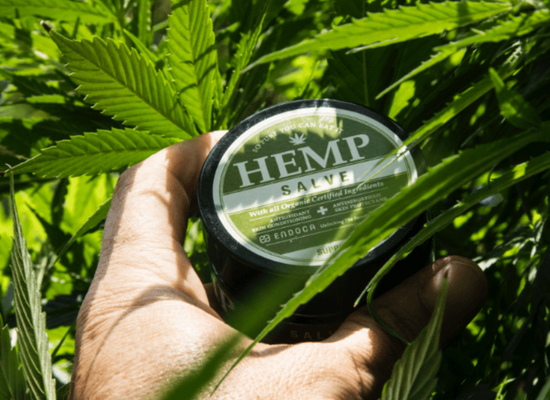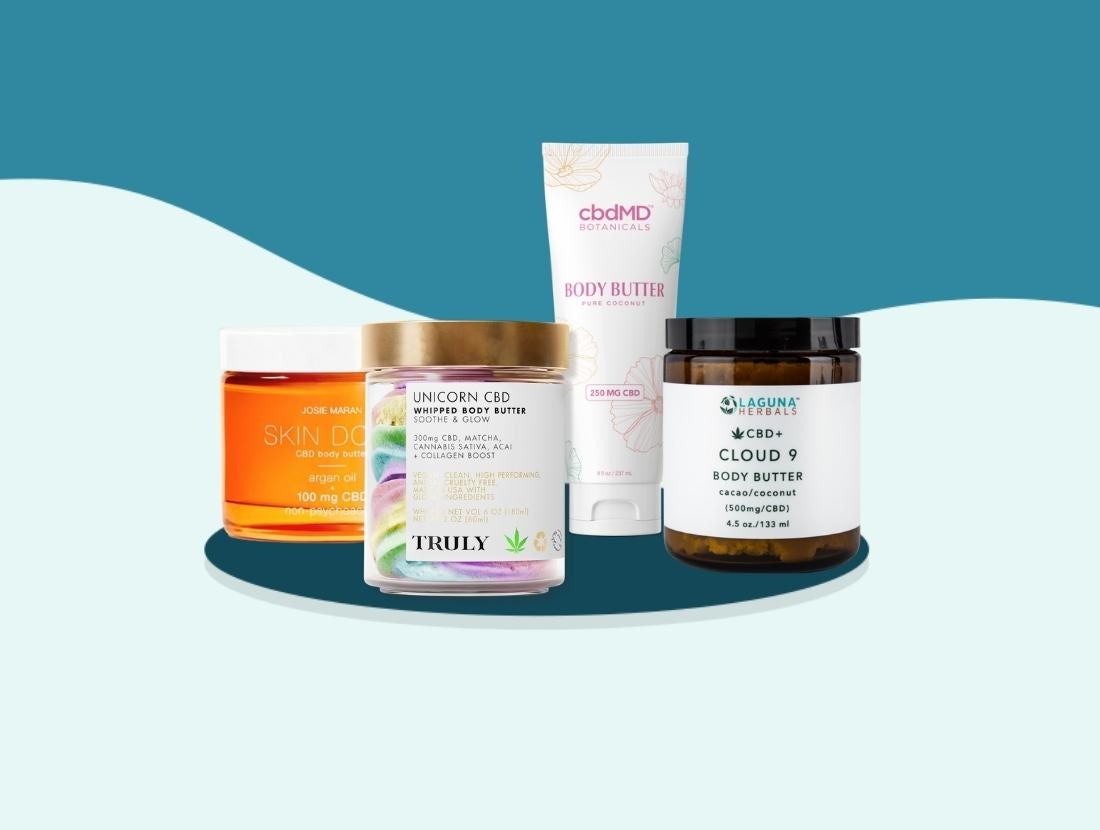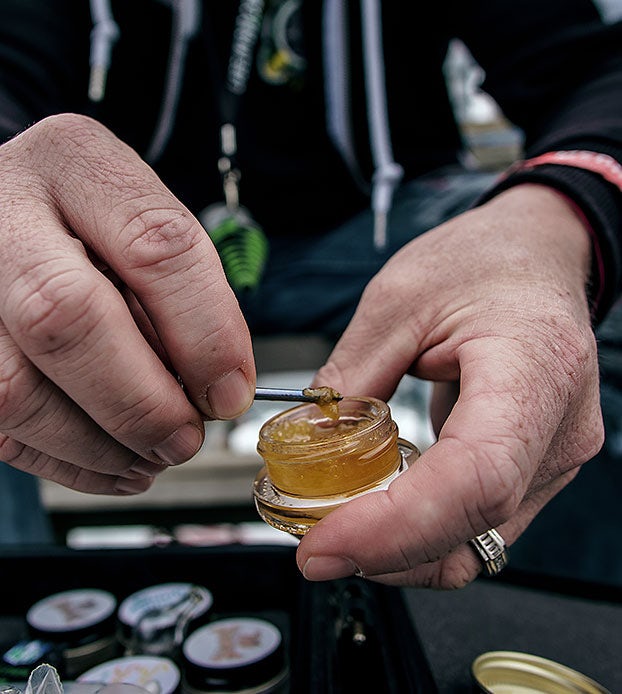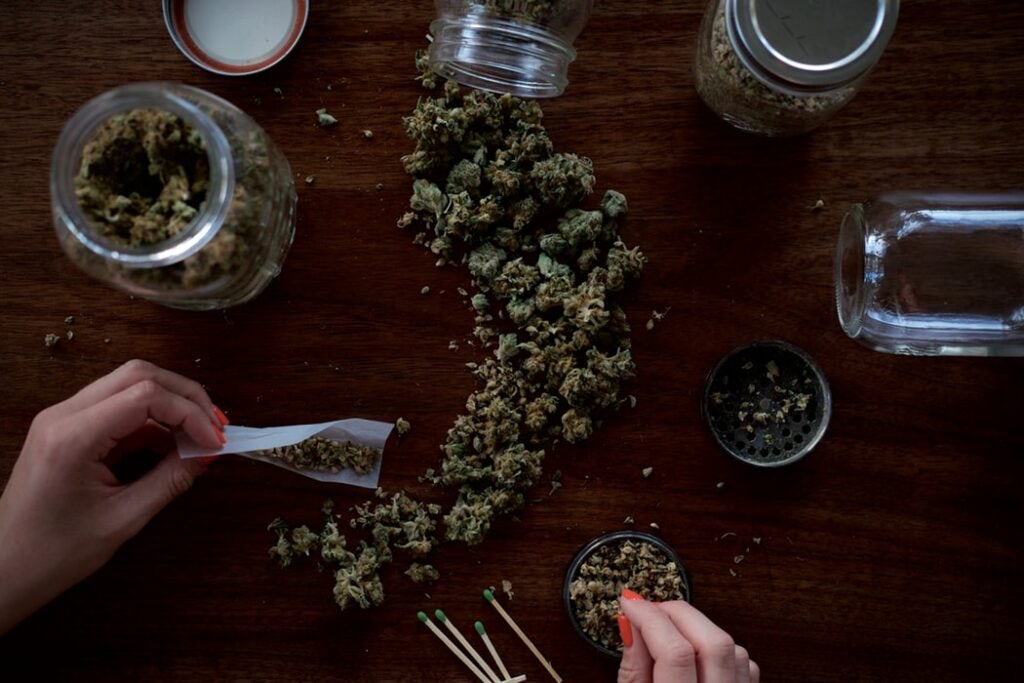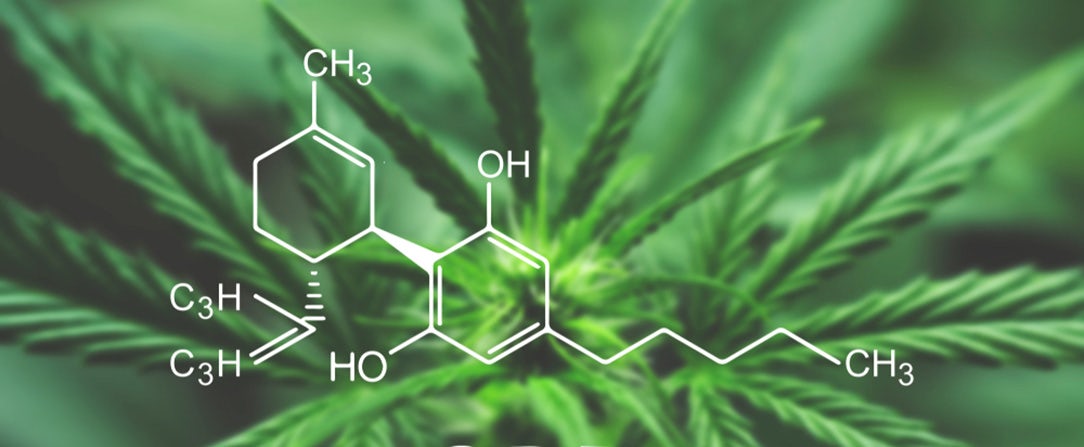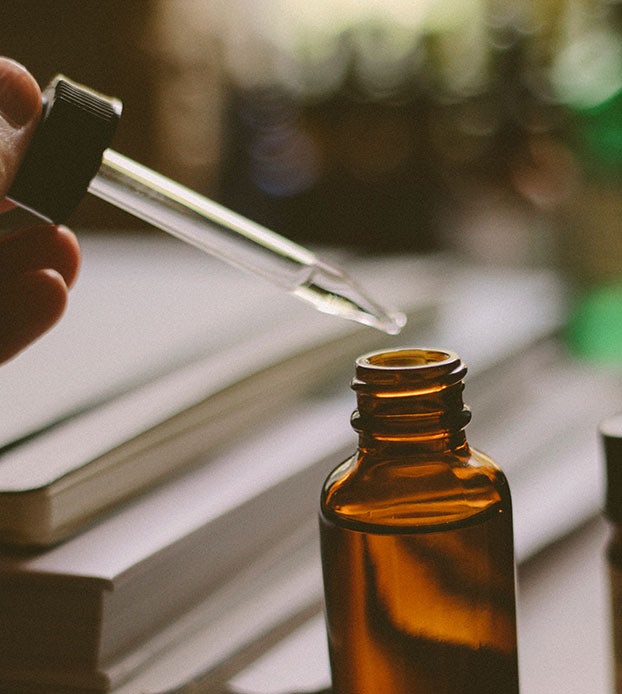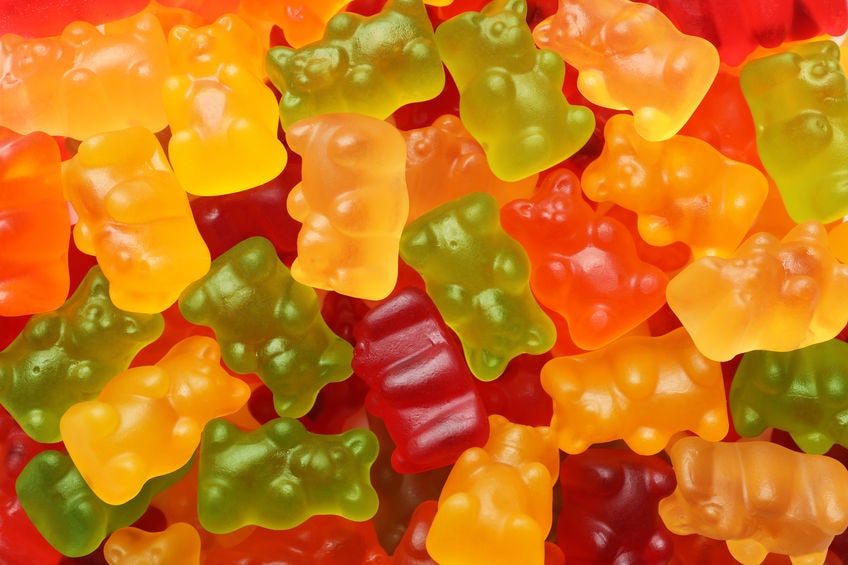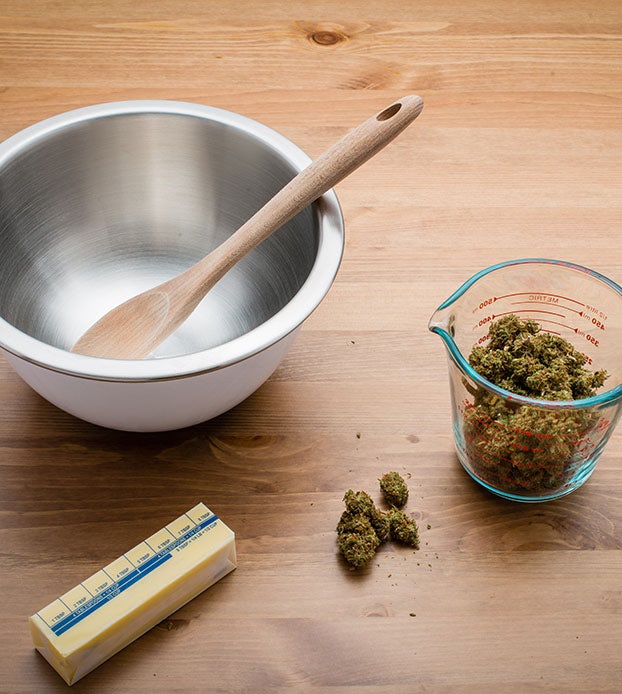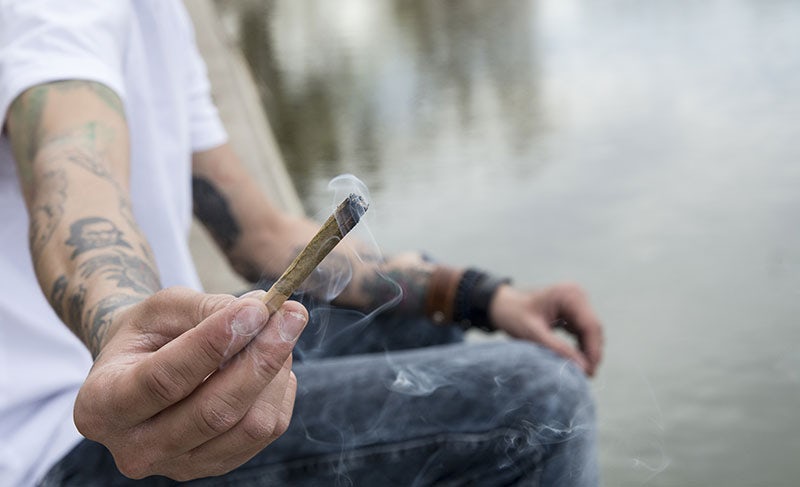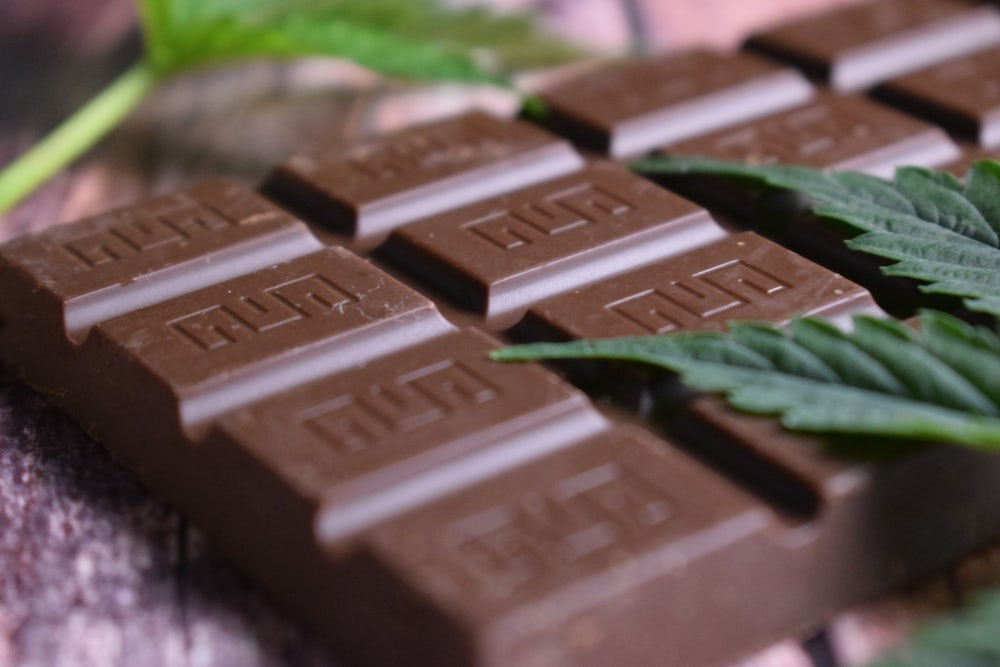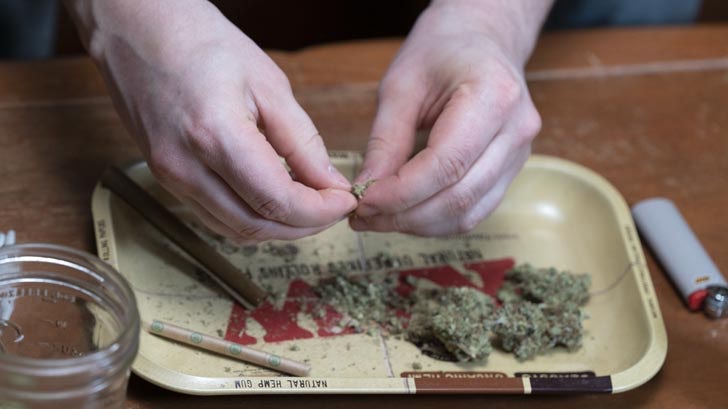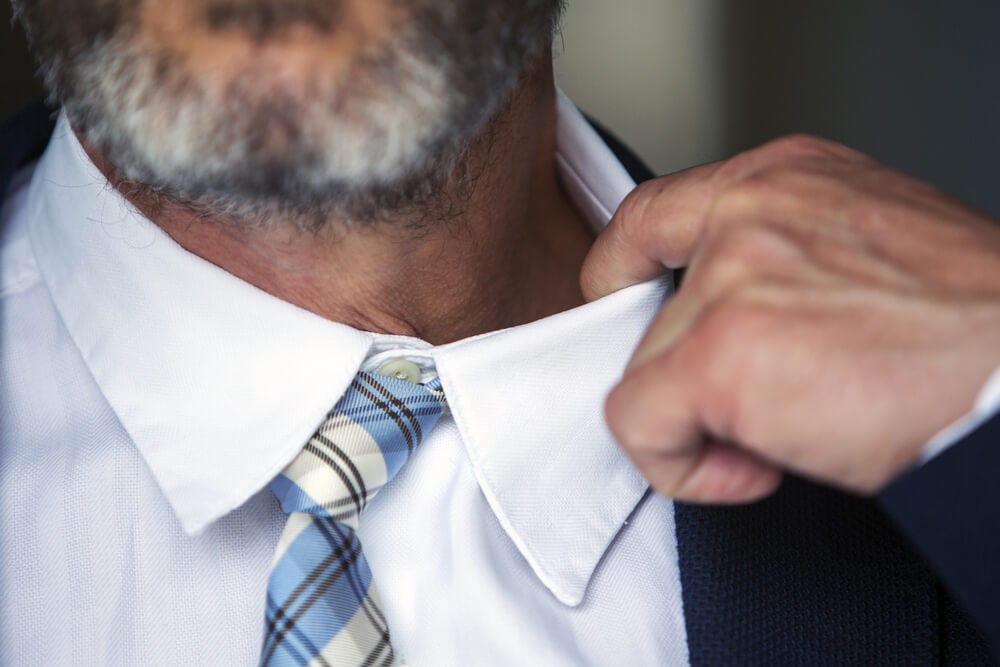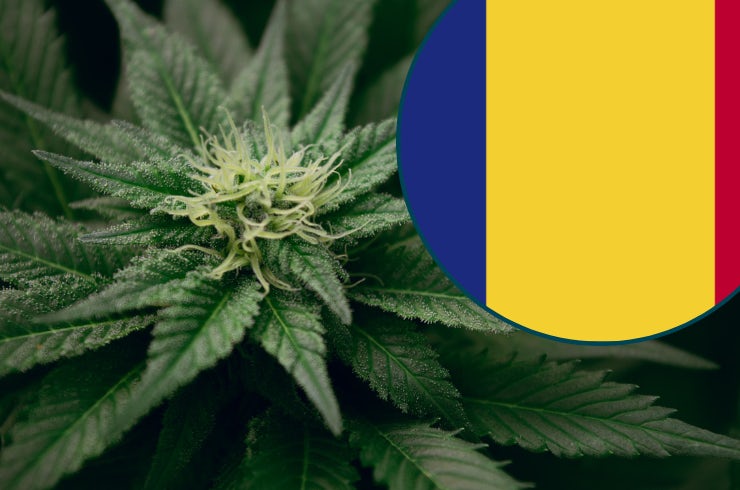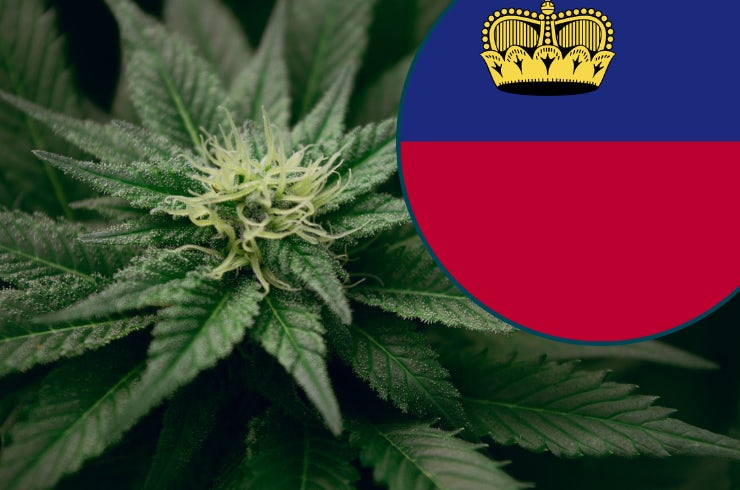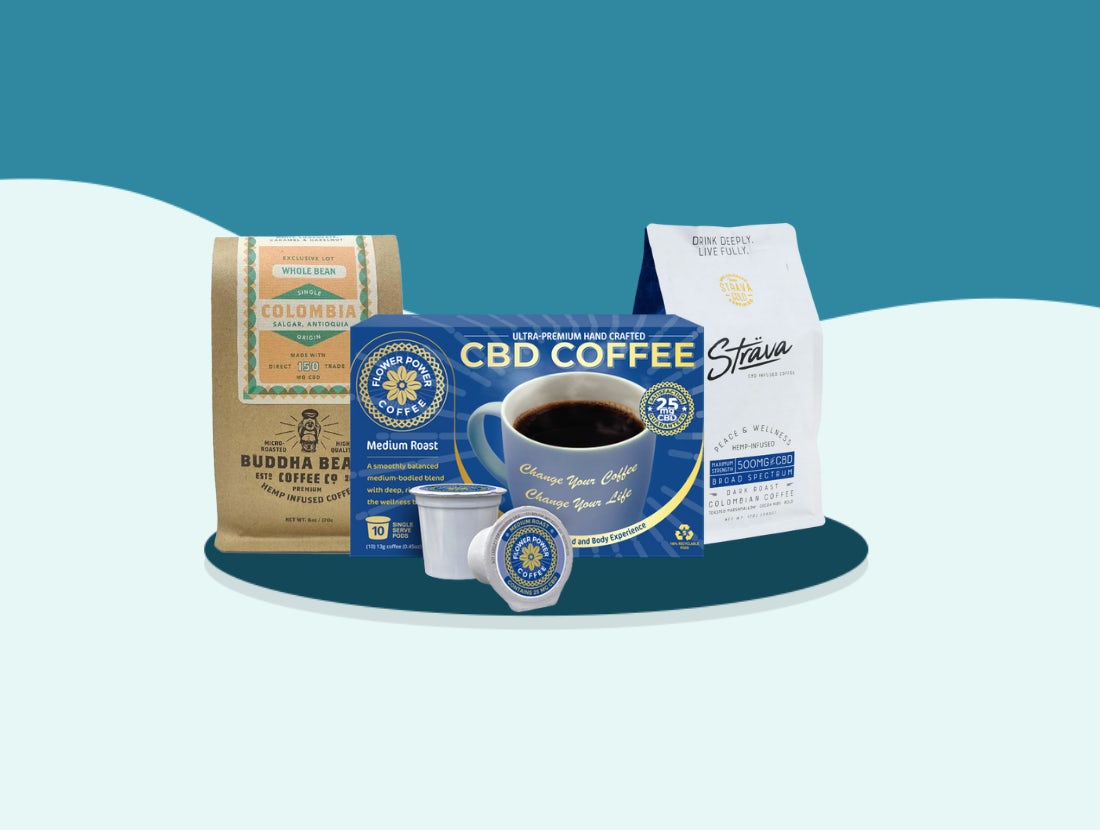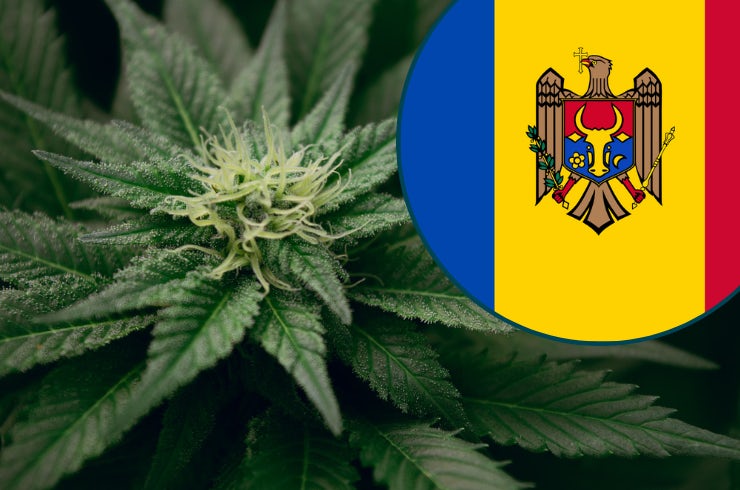Cannabis topicals are a method of cannabis administration that uses the endocannabinoid receptors in your skin. These products are easily applied and won’t get you high, making them useful for cannabis lovers, but particularly approachable for someone who has never tried cannabis before.
There is a wide range of topical products including: lotions, salves, oils, roll-ons, gels, lubricants, sprays, balms, transdermal patches, and ointments. But how do they work, and do they live up to the hype?
Why use cannabis topicals?
Cannabis topicals have a wide range of benefits. People tend to reach for topical products because of:
- regional aches and pain
- general muscle tension or stiffness
- inflammation
- arthritis
- post-workout or athletic recovery
- sexual health
- Women’s health, such as endometriosis and PCOS
- skincare, including eczema, psoriasis, itchy skin, acne, rosacea, dermatitis,
- burn treatment and scar reduction
- tension headaches
- muscle spasms
Topicals make up a small percentage of the cannabis market, but the demographics of who purchases these products may surprise you. A 2020 survey done by the University of California at San Diego found that people over 60 favored topical products, even for their first time trying cannabis. 1
How do cannabis topicals work?
Topicals work by activating the endocannabinoid system (ECS) receptors in your skin. ECS receptors can be found within every organ in your body, including the skin (which is actually your largest organ!)
We all have cannabinoid receptors — CB1 and CB2 — on the outer layer of our skin, the epidermis. These receptors are in the keratinocytes cells in your skin as well as hair follicles and sebaceous glands (where oil is produced), among other areas. Applying topicals to the skin can stimulate these receptors, which can have numerous effects in the skin, including reduced skin issues such as pain, inflammation, and itchiness.
But using cannabis on your skin can also interact with sensors in the skin known as transient receptor potential ion channels (TRPs). These TRPs are another set of receptors, some of which are also considered part of the ECS, and can be found in and around the body. TRPs help the body sense changes in temperature, pH, salinity, chemical, and more. 2
The most notable TRP is TRP Vanilloid 1 (TRPV1), also known as the hot chili receptor. These are the sensing receptors that trigger the hot feeling in your mouth from peppers, even when the temperature has not changed. This chemical sensation of how is mediated via the TRPV1 receptor, which is now considered part of the larger endocannabinoid system. This initial response causes pain or heat, but because cannabinoids rapidly desensitize the receptor, the result is pain relief and no sensation of heat or pain occurs. 3 4
There are few large, double-blind clinical studies on topicals because of marijuana’s Schedule I status in the US. Scientists are still learning how topical products interact with the endocannabinoid systems, and how much of cannabinoid content is actually reaching the bloodstream rather than just being applied locally.
However, that doesn’t mean there isn’t any information available. Private and government entities in Israel have been researching medical cannabis for decades and have made interesting discoveries about how cannabis can fight skin cancers and psoriasis. Most existing studies are pre-clinical, meaning they’re cell or rodent trials.
- A 2018 review of existing research on cannabis delivery methods for treating pain suggested that transdermal patches have several advantages over other methods of administration including improving bioavailability and allowing a longer dispersal time. The authors identified topical products as “potentially ideal for localized symptoms.” They also noted that enhancers are often needed for transdermal products to improve the passage of cannabinoids through the skin barrier. 5 6 7
- Authors of a 2020 study on the potential of CBD treatment for skin disorders said “because the ECS plays an important regulatory function in the skin, it is plausible that treatment with topical cannabinoids could be efficacious for certain disorders or skin health in general. There is limited research investigating the therapeutic potential for topical applications. Yet, there is evidence to suggest applying cannabinoids, and specifically CBD, topically may be a viable route of administration for certain conditions.” 8
Not all cannabinoids are created equal when it comes to skin penetration. CBD and CBN have been found to be 10 times more permeable to the skin than THC.4 A preclinical study showed that THC, CBD, CBG, and CBN all inhibited keratinocyte proliferation, which may pose as a potential future treatment for psioriasis.4 However, more data is needed. 9
Do terpenes matter for cannabis topicals?
Terpenes can have an impact on a tropicals’ sensation and effects. Many topical products contain terpenes from essential oils, such as lavender or peppermint oils. Research on these essential oils has shown that terpenes are “of pharmacological interest” at concentrations of 0.05% and higher and have their own actions on your skin. 10
Some common terpenoids you’ll find in topical products (not just cannabis topicals) include menthol and camphor, best known for their tingling sensation and pain-relieving qualities. These molecules can stimulate TRP channels, and enhance the penetration of other ingredients (like cannabinoids).
Cannabis topicals and skin allergies
Although once thought to be quite rare, allergies to cannabis are becoming increasingly more common or more well known. And while allergies are complex immune system responses, an allergy to cannabis is not all that surprising – it is a flower after all. Within almost all flower are a variety terpenes, many of which are produced to repel to attract insects. These terpenes have the potential to cause local irritation in some, and more severe reactions in highly sensitive patients. Additionally as terpenes age and become oxidized, thay become increasingly more irritating to the skin, which is all the more reason to keep your topicals sealed and away from direct sunlight or heat. 11
Some components may cause what is known as a ‘delayed hypersensitivity reaction’. Meaning that an allergic reaction, such as a rash or other reaction, may occur days after application. Some oils known to cause these kinds of reactions include peppermint oil, lavender oil, and tea tree oils. These essential oils contain a combination of components that include menthol, pinine, limonene, caryophyllene, and linalool, which are common terpenes found in cannabis or components of the topical itself. If an allergic reaction is suspected, see an allergist or dermatologist for patch skin testing to help narrow down possible causative agents and avoid the irritating product. 12
The difference between cannabis topicals and transdermal patches
There are two distinct methods for administering cannabis through the skin: topically and transdermally.
Topical use involves rubbing the formulation into the skin for localized treatment. Because the components of the cannabis plant are fat-soluble, topicals generally only penetrate a few layers of skin and won’t get you high or show up on a drug test.
Transdermal products, on the other hand, usually patches, have chemical agents that help marijuana penetrate the skin and enter the bloodstream. If a patch contains THC, it may get you high, depending on the dosage and your individual tolerance. According to Paula Vetter, RN, MSN, FNP, Holistic Nurse Practitioner & Certified Herbalist and Director, hempSMART Medical Advisory Board, chronic pain that is deep and constant— spinal stenosis, sciatica, and neuropathy for example— will benefit from transdermal products.
How long topicals take to kick in and how long they last
A good quality topical formula will start to work within 10 to 30 minutes and for 2-3 hours. Transdermal patches are usually effective within 20-30 minutes and last for 8-24 hours.
According to Wendy Pagaduan, a registered nurse, and producer of Clean Coconut skin products, the results of topicals and transdermals can be cumulative. “If [you are] consistent with applying…2-3 times per day to the affected area, [you] will not only get relief from pain and redness but likely [your] healing time will be shorter than prescribed options and over-the-counter commercial creams recommended by a dermatologist.”
Type of cannabis topicals
There are many kinds of cannabis topical products. Depending on what you’re looking for, there’s potentially an infused product for every step of your skin-care, self-care, or pain management routine.
- Cannabis lotions
Cannabis lotions are a commonly found topical product because they’re simple to make and use. These lotions are often blended with hemp oil and you can find them online, in hemp stores, or you can easily make it at home. - Cannabis salves and balms
Cannabis salves and balms are two of the most common topical products on the market today and have a long medicinal history. These topicals can help with pain, soreness, skin conditions, inflammation, and more. You can find cannabis balms and salves online, in hemp stores, or in dispensaries. You can also easily make your own cannabis salve at home. - Cannabis lube
Cannabis-infused lubes can help increase arousal levels and create a more pleasurable sexual experience, particularly for women. These lubricants should be applied 20 – 30 minutes before getting intimate to allow for absorption. You can find infused lubes online, in some hemp stores, or you can make homemade cannabis lube with a few simple ingredients. - Cannabis transdermal patches
Transdermal products are the exception to topical products not getting you high – they may. Transdermal products, usually patches, are specifically formulated with enhancers that help the cannabinoids cross the skin barrier and enter your bloodstream. Depending on the product dose and your tolerance, it is possible to feel intoxicating effects from transdermal products. These work particularly well for a long release of cannabinoids, lasting 6 – 8 hours. - Cannabis body butter
Cannabis in body butter? It’s not a necessity, but can be a useful addition to your products. If you enjoy the texture and lasting hydration, cannabis-infused body butters may be the perfect product to take your at-home spa days to the next level. - Cannabis body wash
Similar to body butter, cannabis isn’t a necessary ingredient in body wash but it does have uses. If you are interested in the skin benefits of cannabis or hemp, a cannabis body wash is a perfect place to start. - Cannabis serums
Skincare aficionados know the importance of having a good serum on hand for the days when your skin needs an extra boost of nutrients and long-lasting hydration. Research suggests that CBD can be particularly good for the skin, making CBD-infused serums a hot new wellness product. - Cannabis gels
Cannabis-infused gels are less common than other topical applications but are often marketed as pain relief or cooling products. One study suggests gels show particular promise in helping people who suffer from migraines. - Cannabis bath bombs & bath salts
Bath bombs and salts are less of a daily staple and more of an indulgence. Many bath bombs that include cannabis also have additional herbs or terpenes to create a luxuriously relaxing atmosphere.
Do cannabis-infused topicals get you high?
No, cannabis topicals will not get you high. While topicals do interact with your endocannabinoid system, most topical treatments cannot pass through the skin barrier to be absorbed into the bloodstream.
The exception to this is transdermal patches, which are manufactured to have chemical properties to help the cannabinoids pass through. These may get you high depending on the dose of the product and your personal tolerance.
How to find high-quality cannabis topicals
It’s a good time to be searching for cannabis topicals- there’s never been more on the market. But with this influx of products comes good and bad – some products contain harsh chemicals or a mislabeled amount of CBD or THC. As a consumer, there are steps you can take to protect yourself from low quality products and ensure you’re buying high-quality, effective topical products.
- Look for full-spectrum products rather than those with isolated CBD or THC. Full-spectrum products contain all active cannabinoids and terpenes—the whole plant. This inclusive approach is called the “Entourage Effect,” and is considered by many to be more effective. This can even include many of the cannabinoids and cannabinoid acids found in raw cannabis. However, if you have highly sensitive skin, consider a product made with an isolate and no added scents (terpenes), so there’s no chance of cross contamination.
- Check the lab results. Many people seek hemp-derived CBD because it has negligible THC content. However, unlike CBD-dominant products from legal marijuana, the hemp industry (i.e. the CBD market) isn’t highly regulated, and products could contain many contaminants such as herbicides, pesticides, heavy metals, solvents, bacteria, mold, and fungus. Make sure the products are 3rd party lab tested, both for cannabinoids and also for contaminants. Check for QR codes that link back to the Certificate of Analysis on every batch, or look at the company’s website to find the analysis.
- Read your labels. Some companies will add a tiny amount of an ingredient to a product, just so they can list it on the label. Understand what is going into your products before you apply them, and always test a new product on a small patch of skin first.
- Make your own topicals. You’ll be able to save money, know what you’re actually consuming, and customize the topical to your needs. For instance, Jessie Gill, RN, a nurse specializing in marijuana, recommends new consumers add “straight-up hemp-derived CBD oil,” to non-cannabis lotion.
The bottom line on cannabis topicals
Cannabis topicals are a safe method of administration that allows you to enjoy benefits of cannabis such as pain and inflammation reduction without getting high.
Scientists are still understanding exactly how these products interact with your endocannabinoid system and body as a whole, and the research is still evolving.
Because topical products won’t get you high, they’re approachable for consumers of all cannabis education levels, from the plant lover to someone who’s never tried weed before. Perhaps more than other products, cannabis topicals appeal to older generations because they can provide a variety of pain-relieving properties without pills or prescriptions.
Sources
- Yang, K.H., Kaufmann, C.N., Nafsu, R., Lifset, E.T., Nguyen, K., Sexton, M., Han, B.H., Kim, A. and Moore, A.A. (2021), Cannabis: An Emerging Treatment for Common Symptoms in Older Adults. J Am Geriatr Soc, 69: 91-97. https://doi.org/10.1111/jgs.16833
- Alaimo A, Rubert J. The Pivotal Role of TRP Channels in Homeostasis and Diseases throughout the Gastrointestinal Tract. Int J Mol Sci. 2019;20(21):5277. Published 2019 Oct 24. doi:10.3390/ijms20215277
- Caterina MJ. TRP channel cannabinoid receptors in skin sensation, homeostasis, and inflammation. ACS Chem Neurosci. 2014 Nov 19;5(11):1107-16. doi: 10.1021/cn5000919. Epub 2014 Jun 17. PMID: 24915599; PMCID: PMC4240254.
- Ryskamp DA, Redmon S, Jo AO, Križaj D. TRPV1 and Endocannabinoids: Emerging Molecular Signals that Modulate Mammalian Vision. Cells. 2014;3(3):914-938. Published 2014 Sep 12. doi:10.3390/cells3030914
- Wilkinson JD, Williamson EM. Cannabinoids inhibit human keratinocyte proliferation through a non-CB1/CB2 mechanism and have a potential therapeutic value in the treatment of psoriasis. J Dermatol Sci. 2007 Feb;45(2):87-92. doi: 10.1016/j.jdermsci.2006.10.009.
- Stinchcomb AL, Valiveti S, Hammell DC, Ramsey DR. 2004. Human skin permeation of D8-tetrahydrocannabinol, cannabidiol and cannabinol. J Pharm Pharmacol. 56(3):291–29.
- Bruni N, Della Pepa C, Oliaro-Bosso S, Pessione E, Gastaldi D, Dosio F. Cannabinoid Delivery Systems for Pain and Inflammation Treatment. Molecules. 2018 Sep 27;23(10):2478. doi: 10.3390/molecules23102478. PMID: 30262735; PMCID: PMC6222489.
- Baswan SM, Klosner AE, Glynn K, Rajgopal A, Malik K, Yim S, Stern N. Therapeutic Potential of Cannabidiol (CBD) for Skin Health and Disorders. Clin Cosmet Investig Dermatol. 2020 Dec 8;13:927-942. doi: 10.2147/CCID.S286411. PMID: 33335413; PMCID: PMC7736837.
- Wilkinson JD, Williamson EM. Cannabinoids inhibit human keratinocyte proliferation through a non-CB1/CB2 mechanism and have a potential therapeutic value in the treatment of psoriasis. J Dermatol Sci. 2007 Feb;45(2):87-92. doi: 10.1016/j.jdermsci.2006.10.009. Epub 2006 Dec 6. PMID: 17157480.
- Russo EB. Taming THC: potential cannabis synergy and phytocannabinoid-terpenoid entourage effects. Br J Pharmacol. 2011 Aug;163(7):1344-64. doi: 10.1111/j.1476-5381.2011.01238.x. PMID: 21749363; PMCID: PMC3165946.
- Hagvall, L, Prystupa-Chalkidis, K. Contact allergy to oxidized terpenes and occupational contact dermatitis in massage therapists – A case series. Contact Dermatitis. 2020; 82: 390– 392. https://doi.org/10.1111/cod.13494
- Sindle A, Martin K. Art of Prevention: Essential Oils – Natural Products Not Necessarily Safe. Int J Womens Dermatol. 2020 Nov 12;7(3):304-308. doi: 10.1016/j.ijwd.2020.10.013. PMID: 34222588; PMCID: PMC8243157.
Sign up for bi-weekly updates, packed full of cannabis education, recipes, and tips. Your inbox will love it.

 Shop
Shop Support
Support